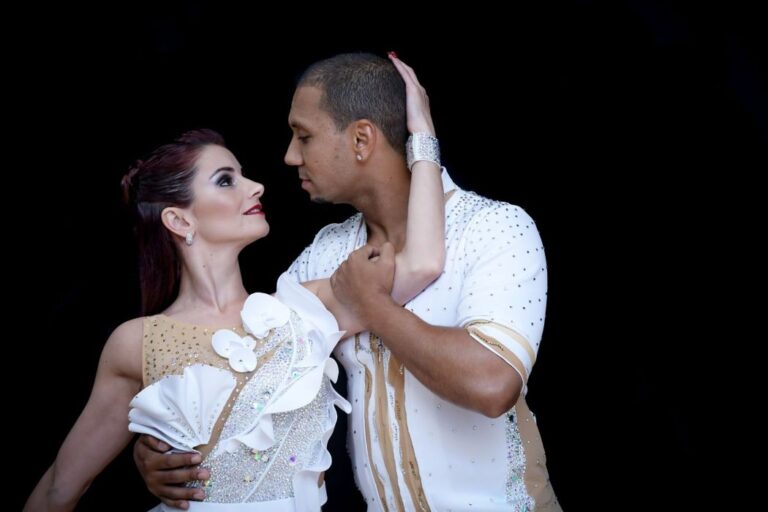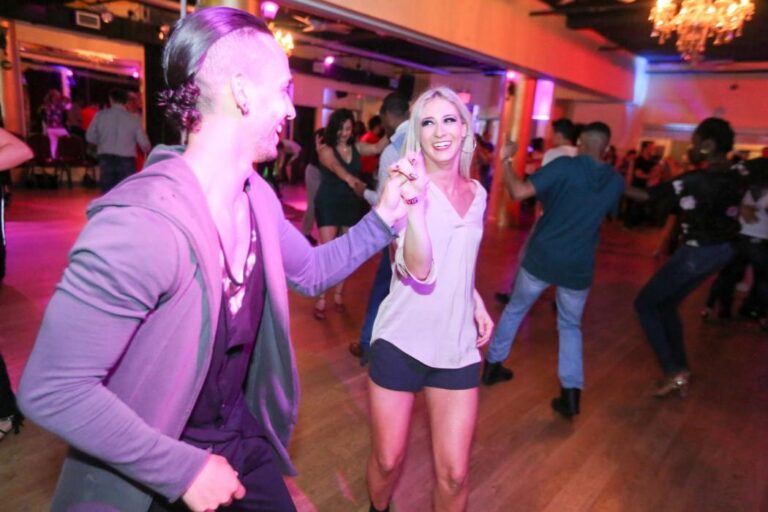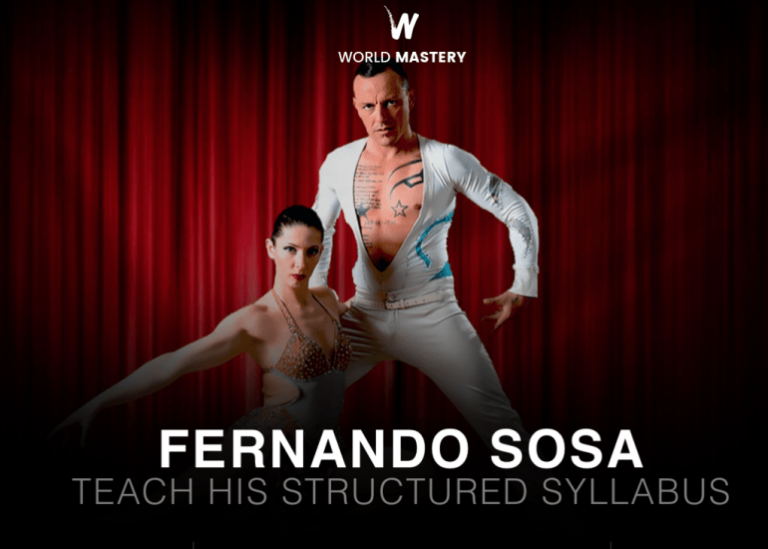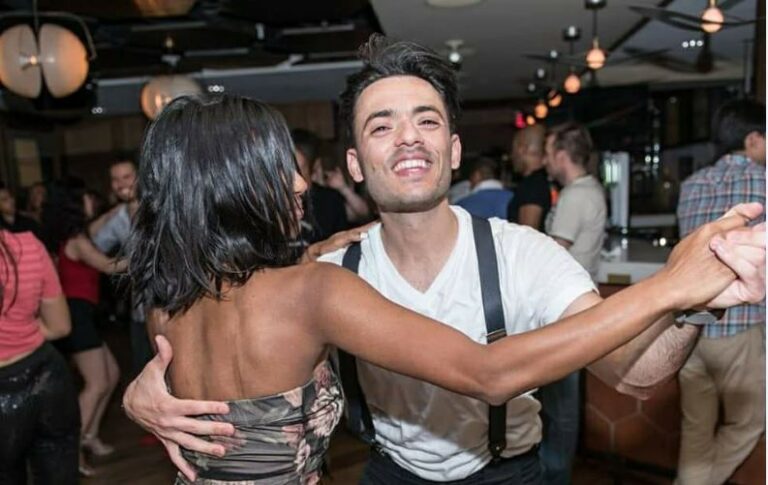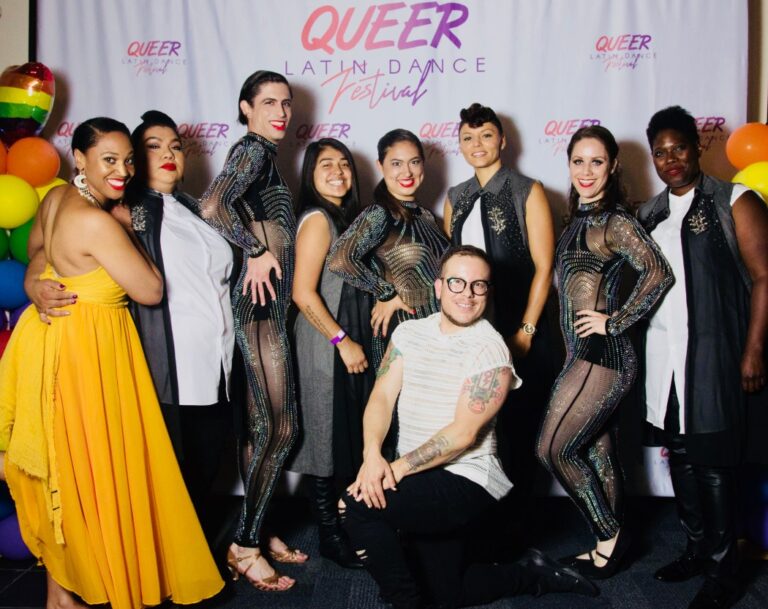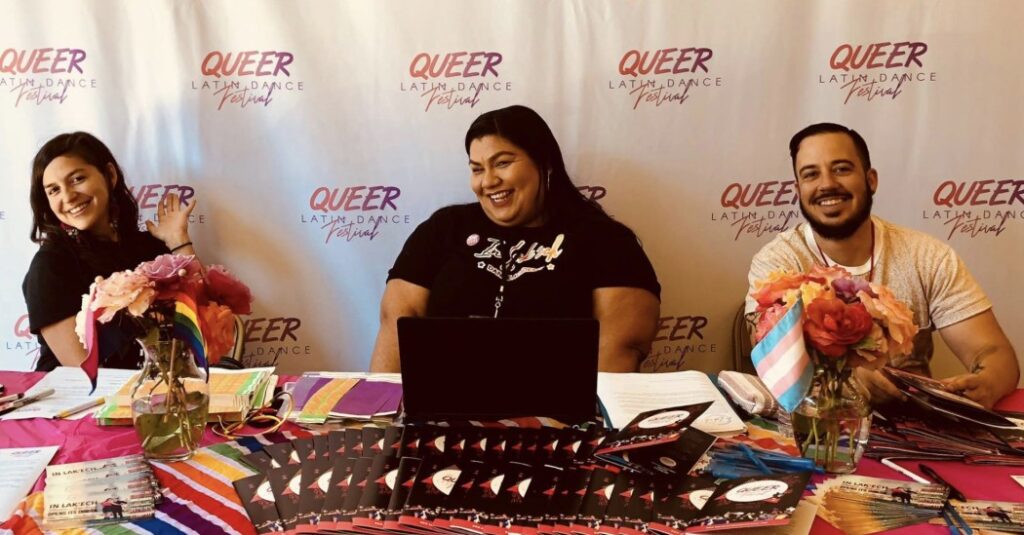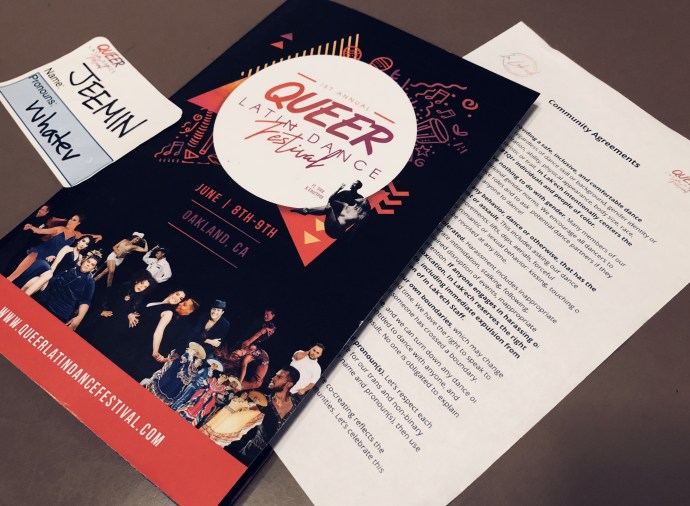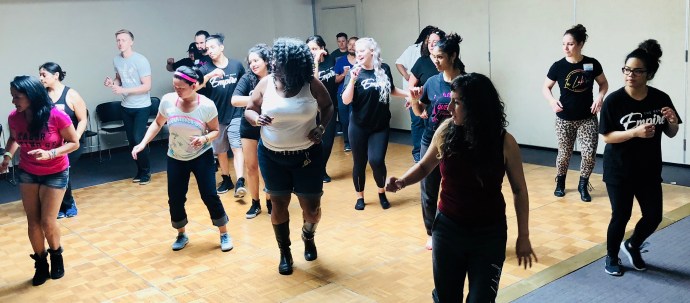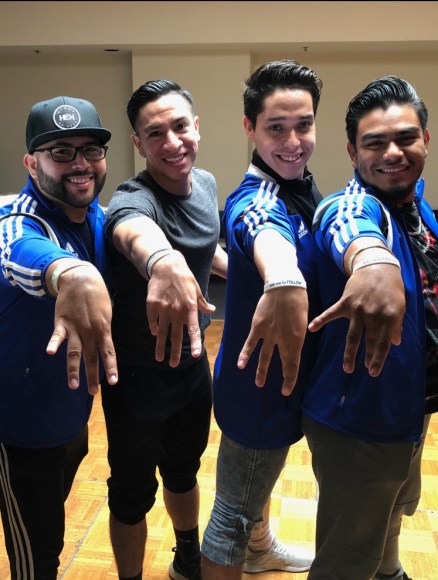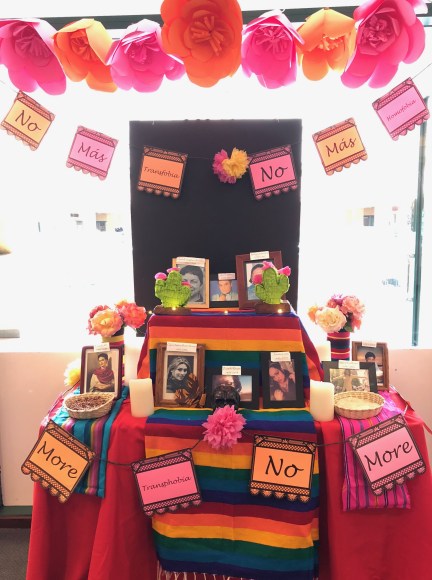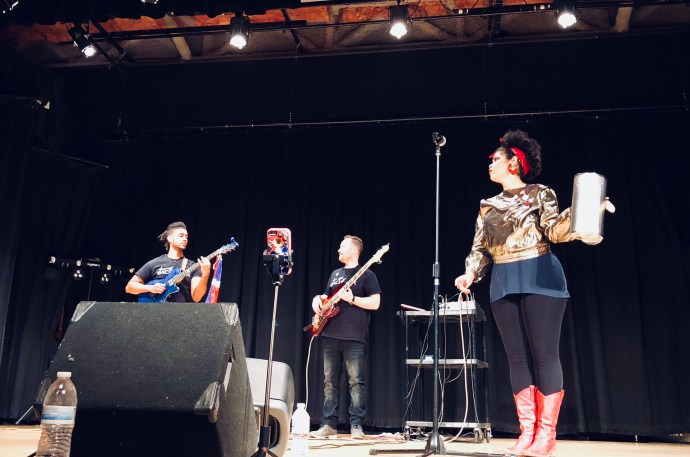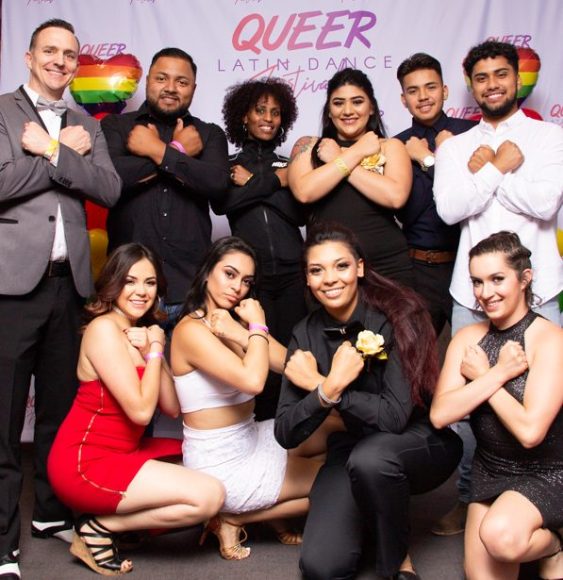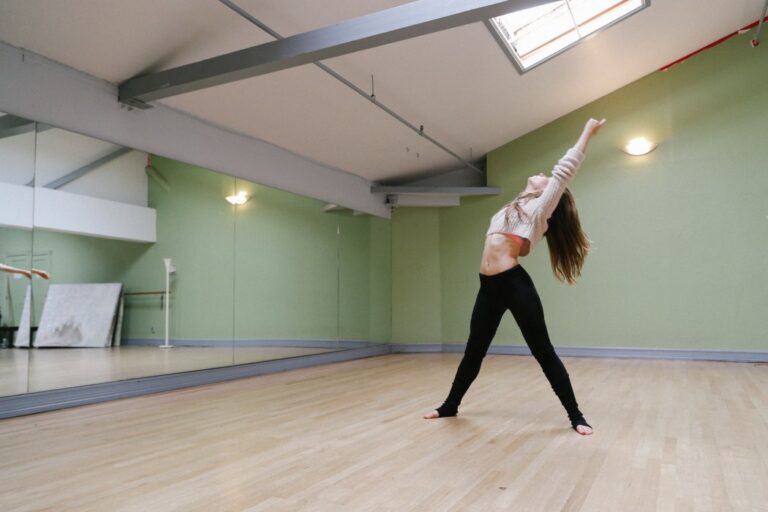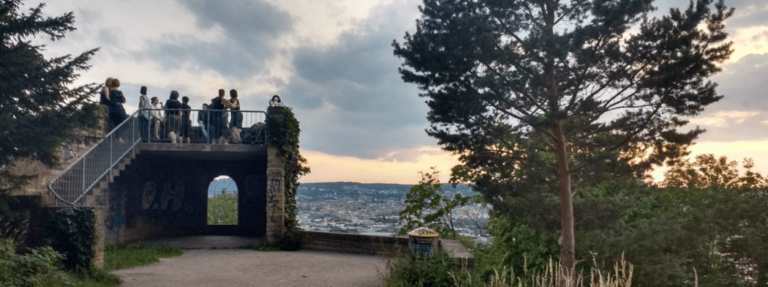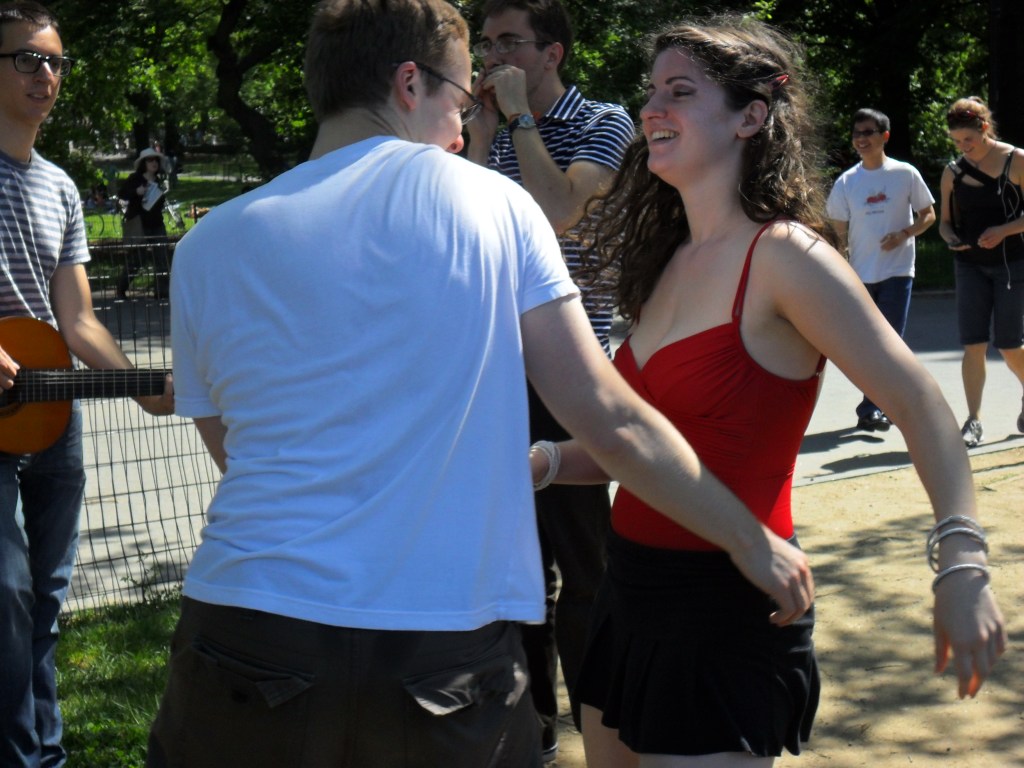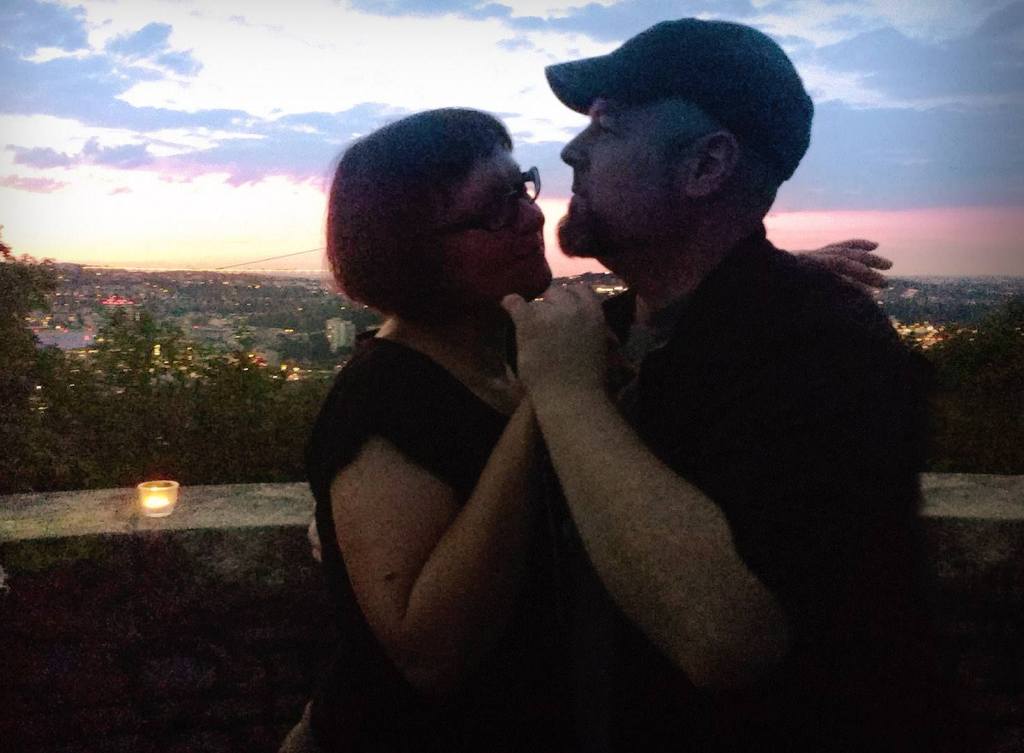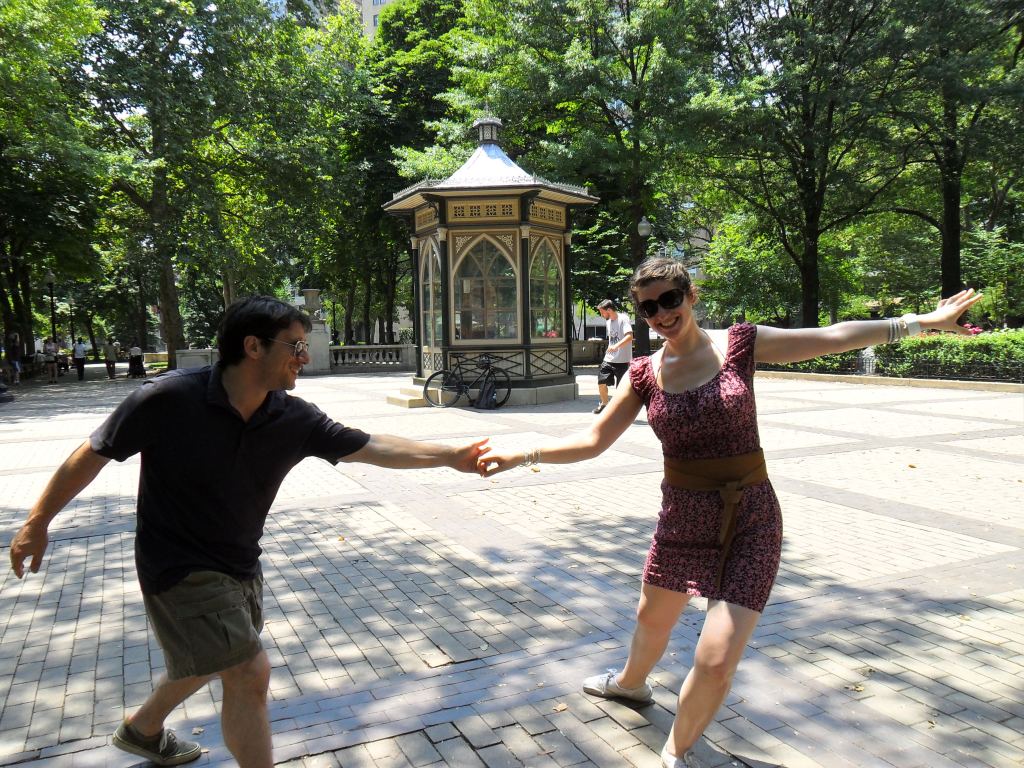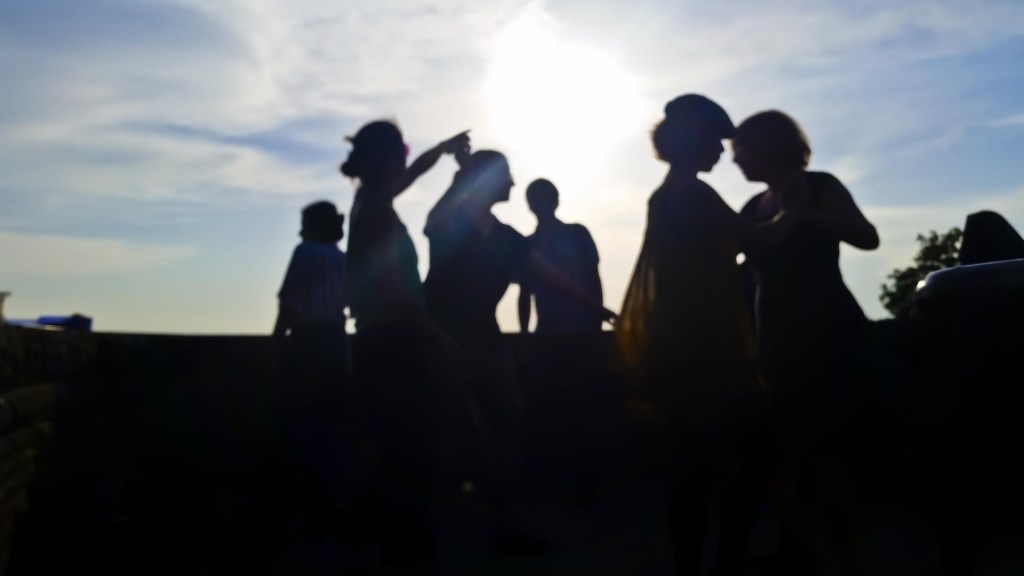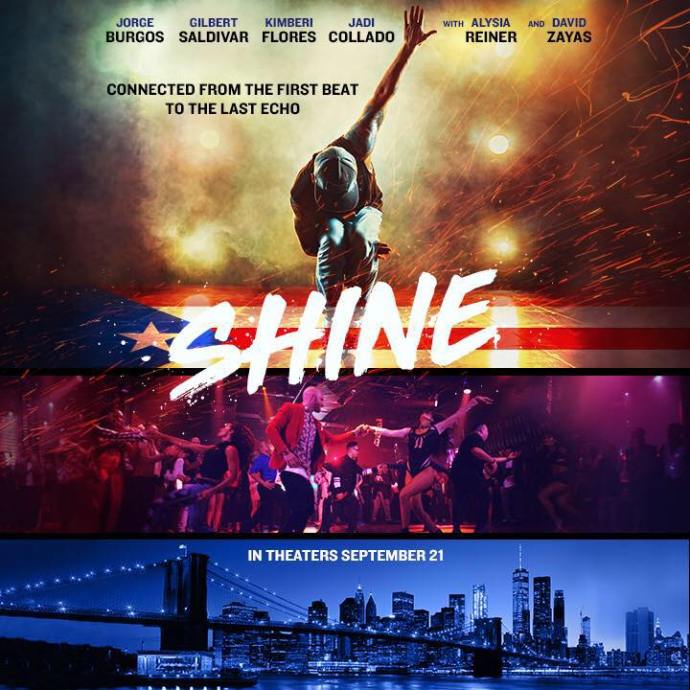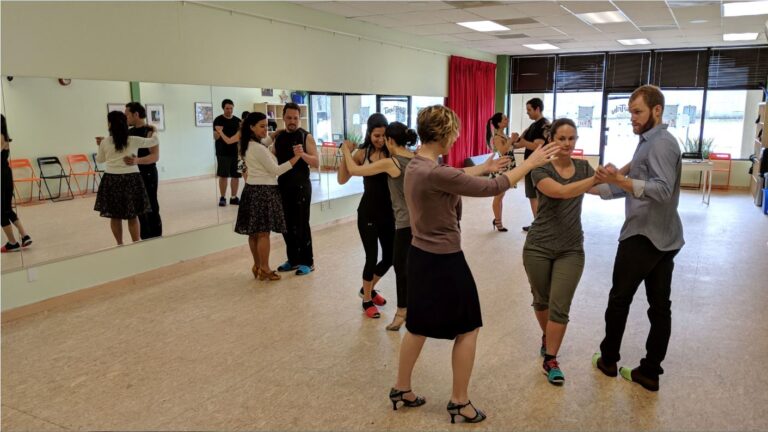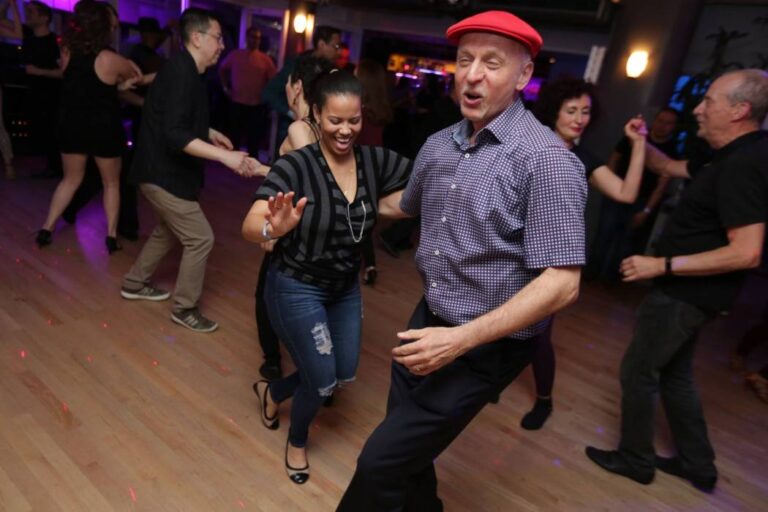Brazilian Zouk is a social dance that is relatively young and has been developing very rapidly. I have only recently entered the scene and find it fascinating to see the parallels between its trajectory and those of other partner dance communities I know well.
Larissa Thayane is the founder of the Brazilian Zouk Dance Council, so she was obviously an excellent person to interview on the topic of the scene’s development. Larissa is the social dance world’s version of a triple threat: impressively skilled in organization, instruction, and performance.
Larissa graciously agreed to an interview when I last saw her in Los Angeles, her new home base. What follows is an adaptation of our interview, edited and abridged for a clearer reading experience. My questions are in bold and Larissa’s responses follow in her own words. The term “Zouk” is used to refer to the styles of Brazilian Zouk that was developed after Lambazouk. Any errors are my own.
Brazilian Zouk seems to have changed a lot in the past 20 years. How do you define it today? How have you seen it change?
When Kadu and I started dancing together 13 years ago, there was that transition of the music happening. Mafie and other DJs were getting more popular with their mixes. I think that impacts a lot on how we danced. It had an impact on me because until then I didn’t have an interest in dancing Zouk. The French Caribbean music wasn’t very attractive to me.
When the music started changing and the dance start getting slower and getting more influence from contemporary especially, that was more interesting to me. I have a ballet and contemporary dancing background, so I saw the opportunity to bring some of the technique and influence from those dances to it.
Today the music has changed even more; we are also seeing the possibility to dance not to remixes but original songs. That gives the opportunity to bring influence from dances like hip hop, jazz and West Coast Swing.
Right, I went to a crossover event you organized with West Coast Swing. Can you talk more about how these outside influences are affecting musicality in the Zouk scene?
We started learning West Coast Swing with Jordan Frisbee and Tatiana Mollman back in 2009 when we met them. We stopped learning for three years after that, but got back to it in 2012, after seeing how Jordan and Tatiana were adding some Zouk elements to their WCS routines we decided to use the same idea for Zouk. At first we added WCS elements to our Zouk routine “A Nossa Música”. After that we started adding the elasticity feeling and try to use the songs in a different way to focus on being more musical.
Nowadays there is a better understanding about music and an effort to be more music from most zouk dancers. I think it’s very important progress.
I’m interested in how gender roles have changed in Brazilian Zouk. What is your perspective?
In the past our dance was very male-dominated. Most of the Brazilian dances are.
In West Coast Swing there’s a “communication” between leader and follower. This doesn’t mean that the girls are leading – they are still the followers. But the girls are able to suggest and inspire the leaders when the leaders create space.
In Zouk it will never be 50-50 communication like in West Coast Swing for example, but for the last two years we have been working on the idea that the followers can communicate more.
You can see today with a lot of the pros, the followers can suggest and use more of the musicality for their styling: suggest pauses, suggest slowing down. Normally we teach that the followers can suggest a change when they feel that there is an opportunity given by the leader and they don’t feel like they are going to interrupt the lead.
That does make a difference in how the dance is today and allows us to be a lot more musical, because we have two heads thinking!
How did you come to found the Brazilian Zouk Dance Council? What were (or are) your goals?
It all happened when I had the opportunity to join a novice Jack & Jill competition for West Coast Swing. I really enjoyed it. All you need to do to get points and move levels is to have great technique, timing, great connection with your partner and have a good dance.
I thought this would be so good for our Brazilian Zouk community. Some students stop learning in classes: they just want to attend parties.
So then I thought: “How are we going to do this? Hold on, we don’t have any organizational group! To organize this competition We first need to have a council, I probably need to talk to some of the other pros, and see what else this council can do, not only host competitions.”
I then started focusing on creating the council, and together we built up the board of directors. Of course it’s hard because we already have our jobs with our dance schools, traveling and partners, but slowly we are getting ideas and putting stuff together. We are trying to promote the Brazilian Zouk community around the world. Having this organizational group gives a different view to the other dance communities and I think it’s a good progress.
Let’s talk more about the competitions. What’s your goal for the competitions, and do you think they are important for everyone to participate in? What about people who just don’t like to compete?
Well if some people don’t want to compete, they don’t have to join. It’s not compulsory.
But it’s a great opportunity for people to improve. We have already noticed a big difference in how people start appreciating weekly classes and private classes more. People want to improve their dance a lot more because they want to compete, get points, and move up levels.
And I think it’s good to have different levels, to classify a little bit how people are in their dance and their skills. Then people are right in their levels, because sometimes people aren’t patient and want to move up to more advanced classes before they are ready.
Can you explain a bit more about the judging criteria? How are they weighted?
The most important are timing, technique, and teamwork.
In more detail: 25% timing; 50% technique; 15% teamwork; 10% musicality, appearance, and difficulty. But for novices we give more importance to timing, technique, and teamwork than musicality or difficulty.
Learn more about the points system here.
Speaking of musicality, do you think competitions will make Zouk more codified as people try to dance in a way that pleases judges? Or will Zouk continue to evolve?
I think it will inspire more creativity, especially in the advanced category.
For novice level competitors, you need to focus on dancing your foundation movements on time and have a good connection with your partner.
But the idea of competition isn’t just to be basic. When we met with the new intermediate dancers, people who have been teaching weekly for at least two years (promoted so they didn’t have to compete with their students), we reminded them “musicality and creativity is what counts most. Show off.”
That pushes them to go to the next level creatively. That’s also why we do spotlight dances at this level.
Why is wearing shoes one of the judging criteria? No barefoot Zouk?
Reasons of hygiene, safety, and technique. You can’t pivot or do turns properly.
Why did you decide to define the role of follower as female and leader as male? Or to be more precise, why did you decide to allow women to gain points only as followers and men to gain points only as leaders?
At first we just wanted to try to slowly build up the competitions.
For now girls follow and guys lead, but we have already been talking about the change of roles. We are studying all options and getting many different feedback on this topic. Possibly in the future we will add this option on a separate Jack and Jill division.
Our worry is due to Brazilian Zouk having closer embrace, closer dance movements. There are dancers who want girls to be able to lead and guys to follow, but there are a bunch of others who hope we won’t allow it as some dancers won’t feel comfortable dancing with the same sex, which will impact their competition.
Last question! I’m sure you’re aware many people from the Caribbean resent the word “Zouk” being associated with something completely foreign to their culture. What connection do you still see to the Caribbean origins? What responsibility do you think instructors have in regards to explaining this name?
Well, it’s too late to change the name. Many times we thought they should have called it something else, but now we can’t start over with a new name. But we should call it “Brazilian Zouk” to differentiate from Zouk.
It’s important to be part of the history, we cannot ignore that. Still, the dance progressed; it was influenced by different dance and music styles.
I respect their culture, so in my opinion it’s important to call it Brazilian Zouk.
What do you think about the development of Brazilian Zouk? How do you feel about the new competitions? Let us know in the comments!
